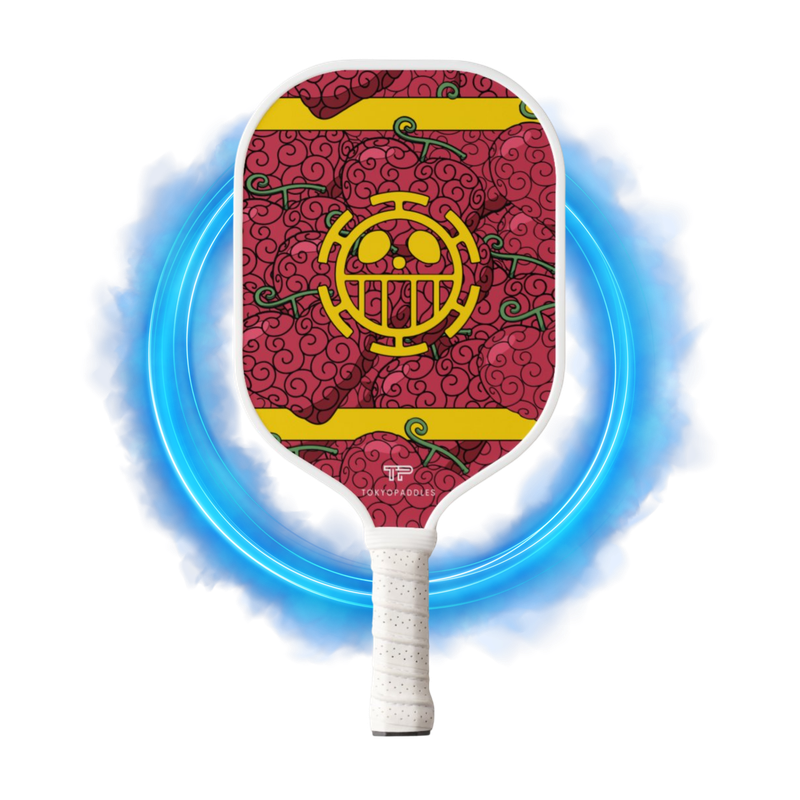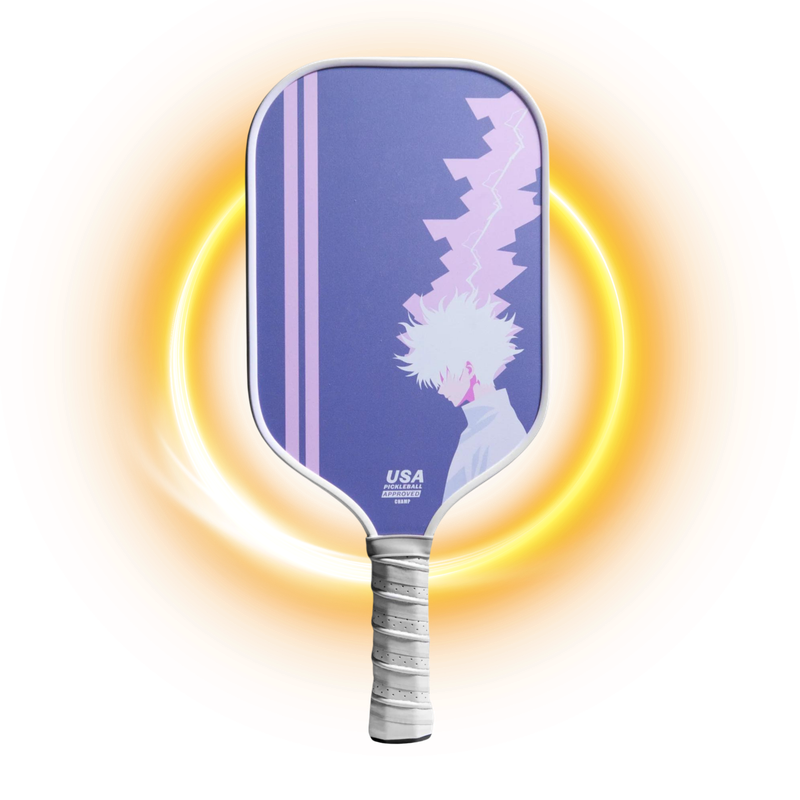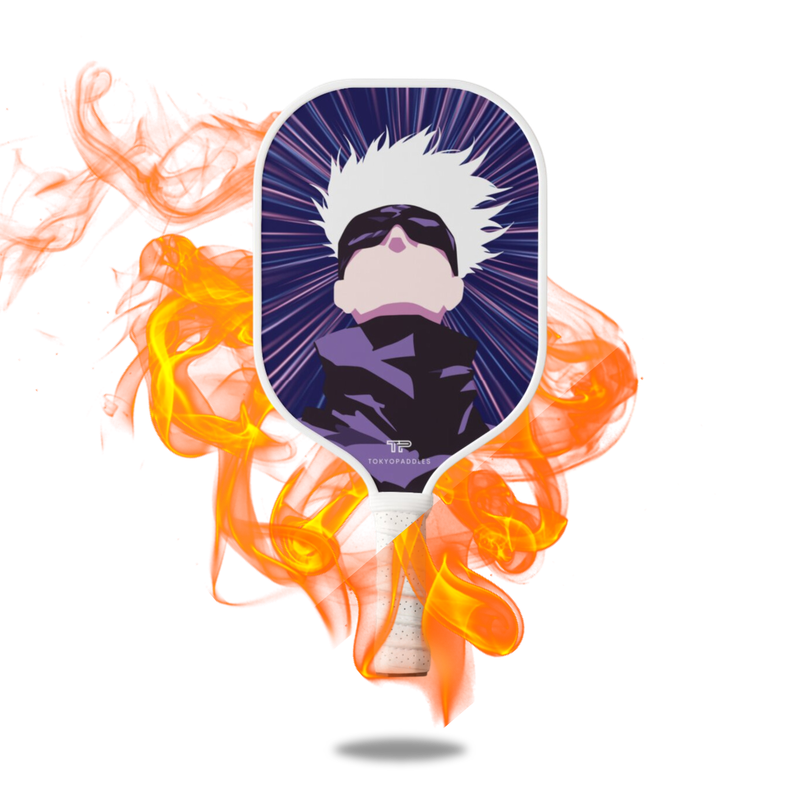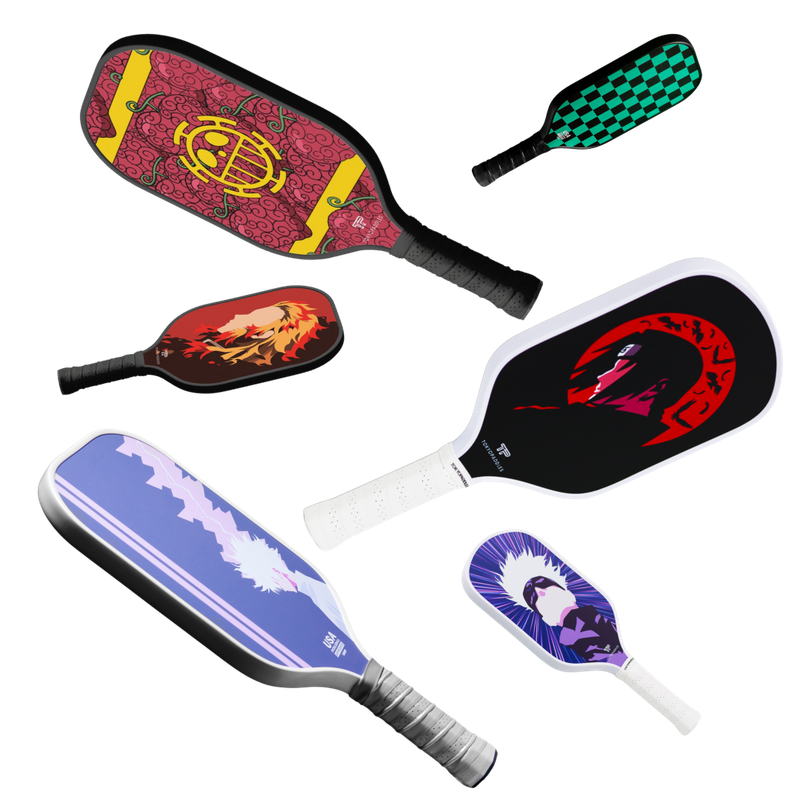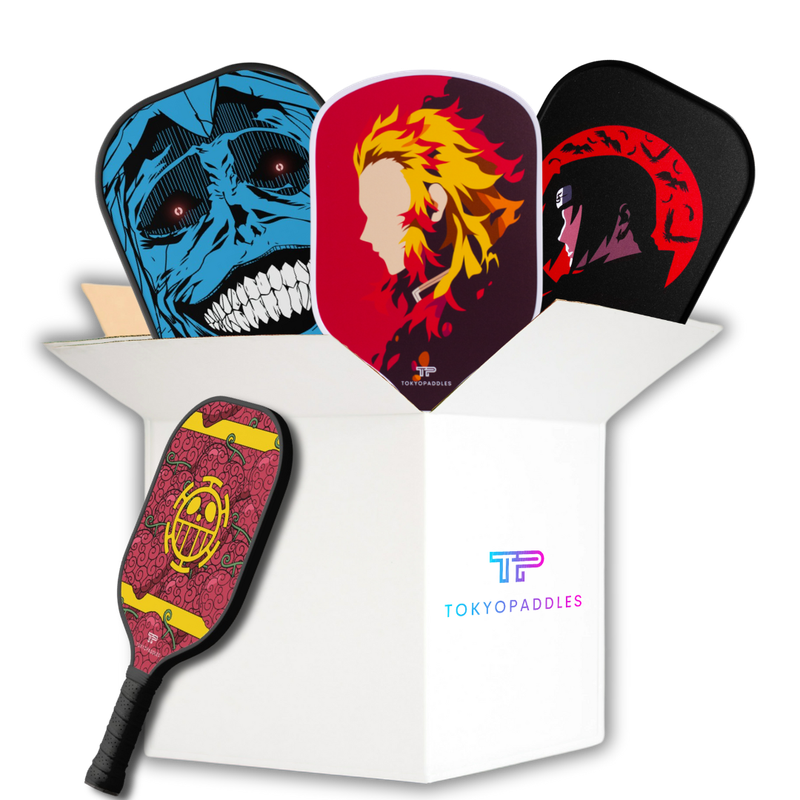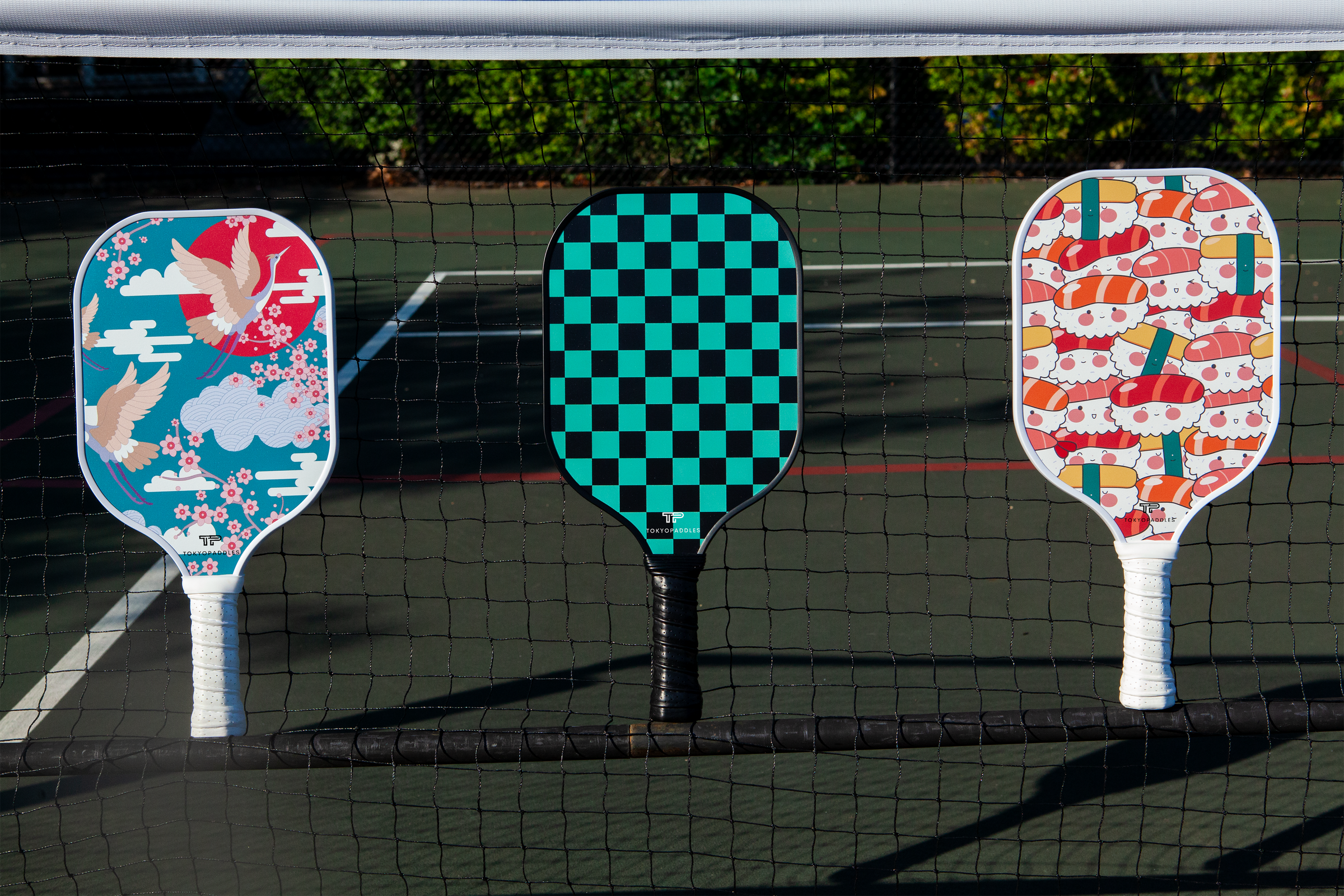Understanding Pickleball Paddle Grit: A Guide
What Is Pickleball Paddle Grit?
Pickleball paddle grit refers to the texture applied to the surface of a pickleball paddle that affects the paddle's grip on the ball. This grit is essentially a sandy, grainy coating that creates more friction between the ball and the paddle, allowing players to impart greater spin and control during play. Much like in tennis or table tennis, where the racket or paddle surfaces come in various textures for different types of shots, pickleball paddles also offer this variable to cater to different playing styles.
The Impact of Grit on Pickleball Play
The level of grit on a pickleball paddle can significantly affect a player's game. A higher grit level means more surface roughness, which can enhance the player's ability to spin the ball. This can be particularly advantageous when serving or performing strategic shots like cut shots, lobs, and dinks. On the other hand, a smooth paddle surface may lead to less ball control but can potentially increase the power of shots due to the reduced friction.
Control and Spin
Players who rely on precision and spin to outmaneuver their opponents usually prefer a paddle with higher grit. The textured surface allows for a better 'bite' on the ball upon contact, leading to enhanced spin control. With grit, players can execute complex shots that can change the ball's trajectory and bounce, making it more challenging for opponents to predict and return shots effectively.
Power and Speed
While grit enhances control and spin, it can, to some extent, sacrifice speed and power. The increased friction means that the ball won't bounce off the paddle as quickly as it would with a smoother surface. Players who focus on a power game might opt for less grit and a smoother paddle surface to maximize the velocity of their shots.
Types of Pickleball Paddle Grit
Pickleball paddles come with varying degrees of grit, from fine to coarse. Manufacturers use different materials and application methods to achieve the desired level of texture. Some common types include silica, polymer coatings, and fiberglass surfaces. The finest grit is barely perceptible to the touch but still affects play, while coarse grit is rough and easily noticeable.
Fine Grit
With a subtle sandy texture, fine grit paddles offer a slight increase in ball control without heavily impacting the speed of play. They're a good middle ground for players who want a balance between control and power and are considered a versatile option for various play styles.
Medium Grit
Medium grit paddles provide a noticeable amount of texture without being too abrasive. This level of grit is favored by players looking to add a significant amount of spin to their shots while retaining some of the paddle's natural power.
Coarse Grit
Coarse grit paddles are the roughest options available and give the highest level of spin control. These paddles are often chosen by advanced players who have honed their technique to include a variety of spin shots in their arsenal. This high level of grit can wear down the ball more quickly, and some tournament regulations may have restrictions on the allowable roughness of paddle surfaces.
Choosing the Right Paddle Grit for Your Game
When selecting a pickleball paddle, consider your playing style and what you hope to achieve on the court. Beginners may prefer a smoother paddle to focus on the fundamentals like shot power and placement before introducing the complexities of spin. Intermediate to advanced players, on the other hand, might benefit from increased grit to gain a competitive edge with more sophisticated shot-making.
Keep in mind that over time, the grit on a paddle will wear down with use, reducing its effectiveness. Regular players should inspect their paddles frequently for signs of wear and consider replacing them when the texture begins to smooth out to maintain consistent play quality.
Ultimately, the choice of paddle grit will depend on personal preference and playing style. Players should try out different paddles with varying levels of grit to find the best match for their game. Many manufacturers and specialty shops offer demo programs, allowing players to test paddles before making a purchase.
Conclusion
Understanding pickleball paddle grit and its implications on playing style is crucial for players looking to optimize their game. Whether seeking greater control and spin or preferring the raw power behind smoother paddles, the right grit can make a significant difference in performance. Experimenting with different paddles will ultimately help players find the perfect match for their unique style and help elevate their pickleball experience.

